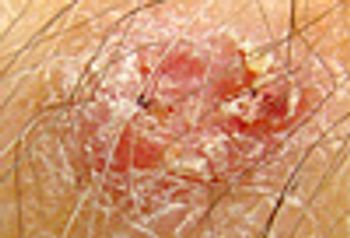
A 61-year-old obese, man with type 2 diabetes presented with the gradual onset of a mildly tender lesion on the dorsum of the right arm.

A 61-year-old obese, man with type 2 diabetes presented with the gradual onset of a mildly tender lesion on the dorsum of the right arm.
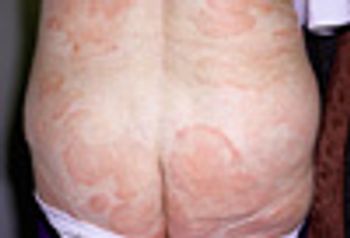
A 66-year-old woman is concerned about a gradually increasing rash located on the buttocks, lower back, abdomen, and upper, posterior thighs. The eruption has been present at least 18 months and is mildly pruritic.
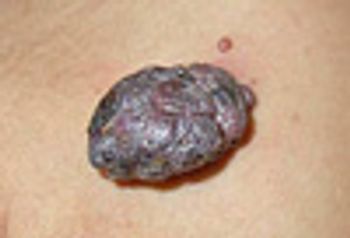
A 36-year-old presents for evaluation of a rapidly enlarging nodule on the shoulder.
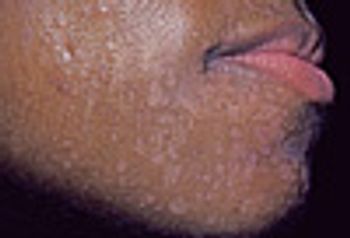
A 27-year-old woman asks about slightly itchy and scaly “white spots” on her face. She has rather severe dandruff, which requires shampooing every other day for control.
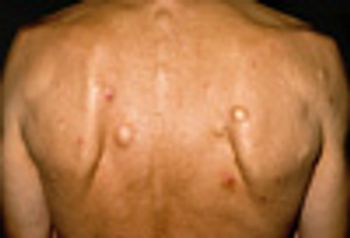
A 50-year-old man wonders whether the many lesions he has had for “almost all my life” can be removed. The lesions are asymptomatic, but cosmetically disagreeable to his third wife.
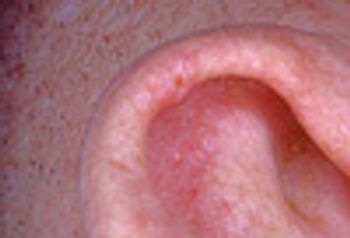
A 40-year-old man complains about a severely painful bump on his ear. He has trouble sleeping on that side due to the pain that occurs when he lays his head (and ear) down on the pillow. What is his condition?
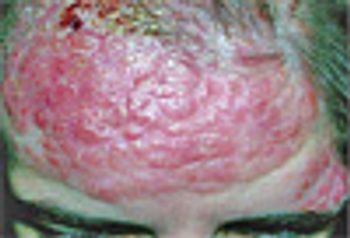
A 31-year-old woman presents for evaluation of an asymptomatic, firm plaque on the forehead. Lesions of similar size and consistency were present at the nape of the neck and on the chest.
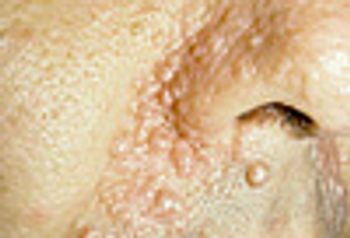
A 48-year-old man presents for treatment of herpes zoster. As an incidental finding, numerous flesh-colored, asymptomatic papules are noted on the central face.
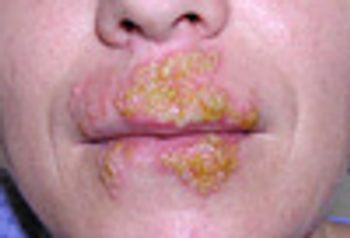
A 32-year-old woman presents with recurrent episodes of lip swelling associated with massive, painful blister formation and crusting.
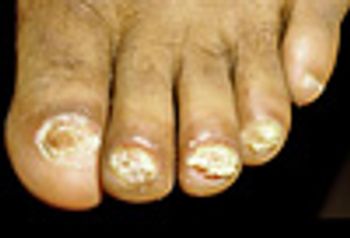
A 33-year-old man seeks attention for his abnormal toenails, having already failed full treatment courses of both terbinafine and itraconazole.
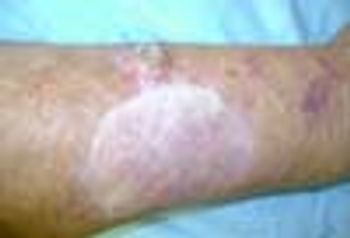
In this transplant recipient, the real question is whether this squamous cell carcinoma is a recurrence of the prior one or a new primary neoplasm.
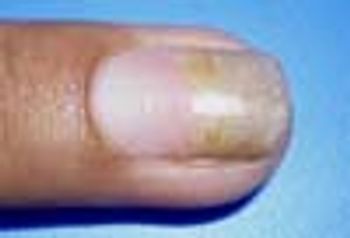
The one disease in which small nail pits and separation of the nail plate from the nail bed is seen concomitantly is psoriasis.
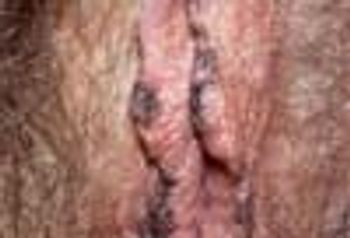
The distinct appearance of this entirely macular pigmentation is classic for benign vulvar lentiginosis (also called benign vulvar melanosis).
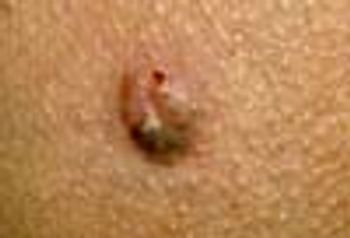
The smooth and translucent nature of this nodule suggests the correct diagnosis: basal cell carcinoma.
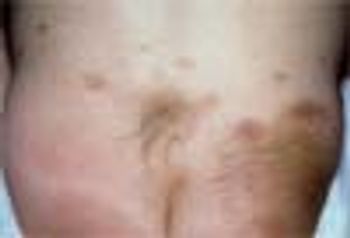
Congenital hairy nevi in this location are often associated with-and act as signs of-abnormalities of the vertebrae, spinal cord or both.
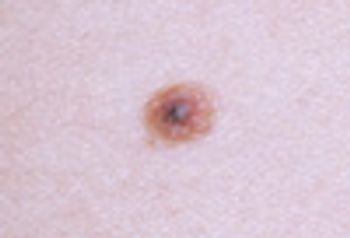
There are some nevi with odd-appearing morphologies but well-recognized benign courses. Fried egg nevus is one.
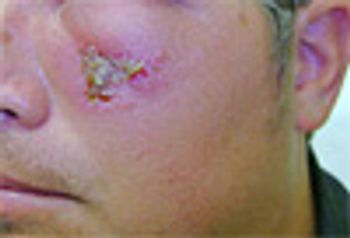
MRSA: In most instances of severe skin and adjoining structure infection, assume MRSA and choose initial antibiotics accordingly.
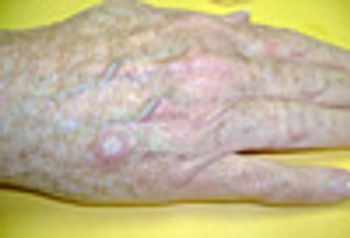
Primary cutaneous squamous cell carcinoma: the appearance of this lesion alone suggests the proper diagnosis.
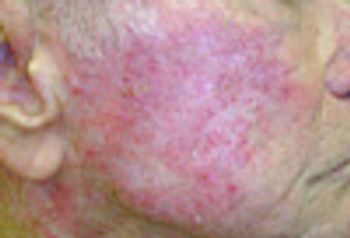
A 56-year-old man is worried about a number of slowly growing facial bumps. There are several under each eye and one on each side of the nose. He is convinced that these are skin cancers.
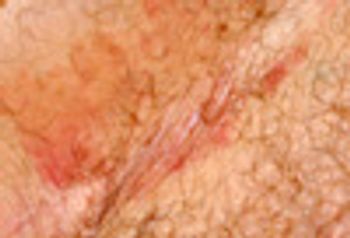
“Nonspecific” intertrigo: the morphology (borders that aren’t sharp, absence of satellite lesions) is a key diagnostic clue.
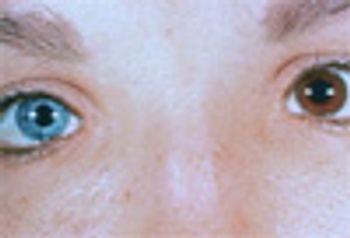
Heterochromia iridis may be inherited or acquired. Acquired heterochromia may be caused by chronic uveitis, or (rarely) an underlying neuroblastoma. Here: a case in point.
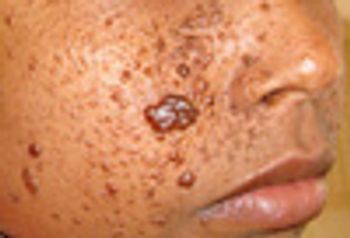
The prognosis for individuals with this disorder depends on the severity of symptoms.
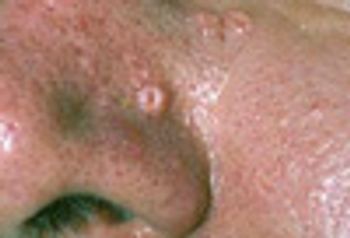
Are these lesions skin cancers, as this patient believes?
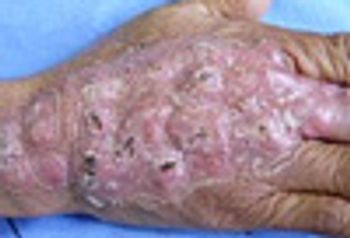
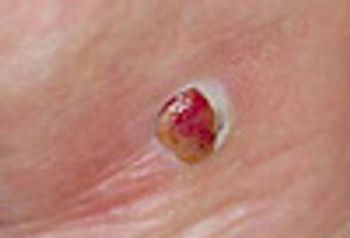
The diagnosis in this case turned out to be a surprise: what are your suspicions?
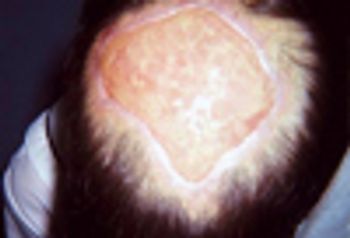
Although this patient has been treated by several health care providers for this expanding lesion on his scalp, nothing has worked. The pathology is clearly outside the “normal” realm. What’s going on?
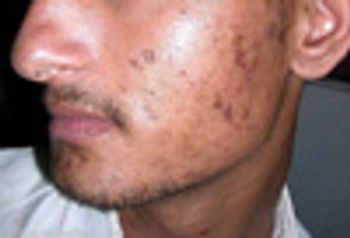
Here: Ted Rosen, MD, presents 5 tips about 5 skin disorders that you might not know.
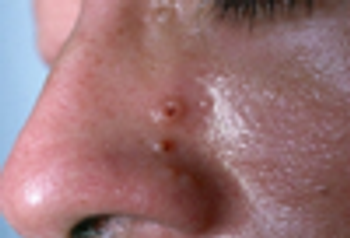
A 38-year-old openly homosexual man presented with cough and multiple asymptomatic skin lesions on his face.
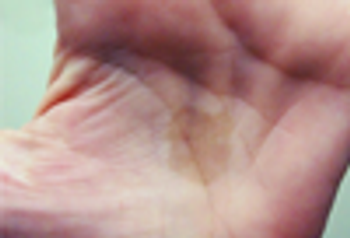
A 42-year-old homemaker noticed a discoloration on her palm. There were no symptoms, but she was greatly perturbed by her inability to wash this “dirt” off her skin . . .
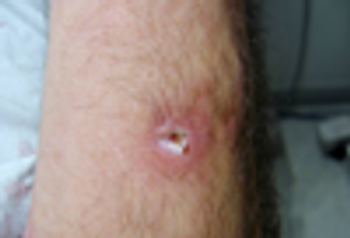
Here: Dr Rosen presents 5 tips about 5 skin disorders that you might not know.